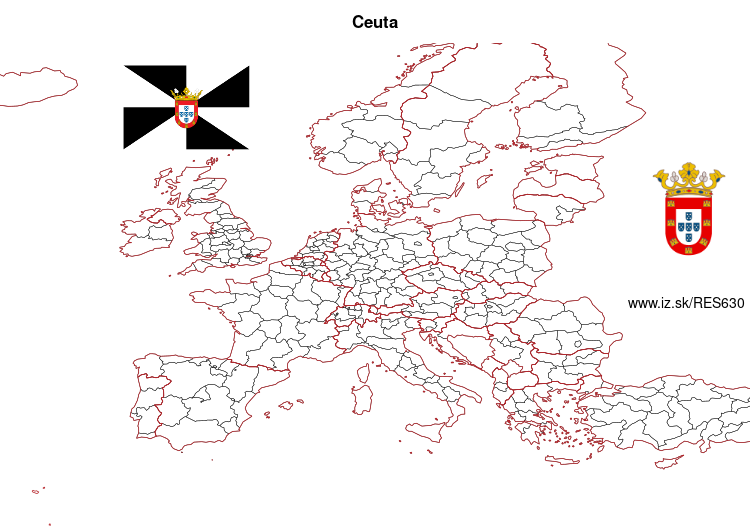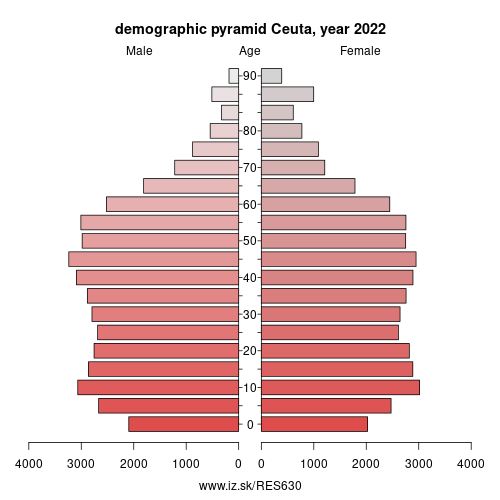- About us»
- Net income calculator»
- Population aging»
-
- Least developed regions»
-
- Average wage
- Material need benefits
- Meal allowance
- Counties of Slovakia
- Inflation
- Living and Subsistence Minimum
- Unemployment of Czechia and Slovakia
- NACE Classification
-
- Life expectancy
- Gender differences
- Youth unemployment and NEET
- Minimum wage in EU
- Unemployment rates of different age groups
- Share of salaries on GDP
- Percentage of employees ususally working at nights
- Employment rate
- Long term unemployment
- NEET
- Unemployment rate
-
- Bratislava and surroundings
- Kopanice
- Danube river
- lower Vah river
- middle Vár river
- upper Nitra river
- lower Nitra river
- Mining cities
- Kysuce a Orava
- upper Vah river - Liptov
- Spiš cities
- upper Hron river
- Juhoslovenská kotlina
- Košice fold and Torysa river
- upper Zemplín
- lower Zemplín
- EU regions
- NUTS3 regions of Slovakia
- LAU1 dataset
-
- Projects and activities
- Inclusive growth»
- Good work
- Project SKRS
- Social system – reality and vision
- Library
-
- Education of unemployed
- Young unemployed not taking part in education
- Proposal to change the system of education funding
- News»
- Contact
Ceuta – ES630
EU regions: Spain > Sur > Ceuta > Ceuta

| Indicator | Period | Value |
|---|---|---|
| Gross domestic product | ||
| GDP per capita in PPS of EU average | 2022 | 65 |
More on wikipedia wikidata Q5823 on OpenStreetMap Ceuta slovensky: ES630
Demographics
| Indicator | Period | Value |
|---|---|---|
| Demographics | ||
| number of inhabitants | 2024 | 83 179 |
| population density | 2023 | 4155.8 |
| old-age dependency ratio | 2024 | 19.1 |

Ceuta (UK: , US: , Spanish: [ˈθeuta]; Berber languages: Sebta; Arabic: سبتة, romanized: Sabtah) is an 18.5 km2 (7 sq mi; 4,571 acres) Spanish autonomous city on the north coast of Africa, separated by 14 km (9 mi) from Cadiz province on the Spanish mainland by the Strait of Gibraltar and sharing a 6.4 km (4 mi) land border with M'diq-Fnideq Prefecture in the Kingdom of Morocco. It lies along the boundary between the Mediterranean Sea and the Atlantic Ocean and is one of nine populated Spanish territories in Africa and, along with Melilla, one of two populated territories on mainland Africa. It was part of Cádiz province until 14 March 1995 when both Ceuta and Melilla's Statutes of Autonomy were passed, the latter having been part of Málaga province.
Ceuta, like Melilla and the Canary Islands, was a free port before Spain joined the European Union. Its population consists of Christians, Muslims and small minorities of Sephardic Jews and ethnic Sindhi Hindus.
Spanish is the official language, while Darija Arabic is also spoken by 40–50 % of the population, which is of Moroccan origin.
Names
The name Abyla has been said to have been a Punic name ("Lofty Mountain" or „Mountain of God") for Jebel Musa, the southern Pillar of Hercules. In fact, it seems that the name of the mountain was actually Habenna (Punic: 𐤀𐤁𐤍, ʾBN, „Stone" or „Stele") or ʾAbin-ḥīq (𐤀𐤁𐤍𐤇𐤒, ʾBNḤQ, „Rock of the Bay"), in reference to the nearby Bay of Benzú. The name was hellenized variously as Ápini (Greek: Ἄπινι), Abýla (Ἀβύλα), Abýlē (Ἀβύλη), Ablýx (Ἀβλύξ), and Abílē Stḗlē (Ἀβίλη Στήλη, „Pillar of Abyla") and in Latin as Mount Abyla (Abyla Mons) or the Pillar of Abyla (Abyla Columna).
The settlement below Jebel Musa was later renamed for the seven hills around the site, collectively referred to as the „Seven Brothers" (Greek: Ἑπτάδελφοι, translit. Heptádelphoi; Latin: Septem Fratres). In particular, the Roman stronghold at the site took the name „Fort at the Seven Brothers" (Castellum ad Septem Fratres).
Suggested citation: Michal Páleník: Europe and its regions in numbers - Ceuta – ES630, IZ Bratislava, retrieved from: https://www.iz.sk/PES630, ISBN: 978-80-970204-9-1, DOI:10.5281/zenodo.10200164

 Share
Share Facebook
Facebook Twitter
Twitter News
News